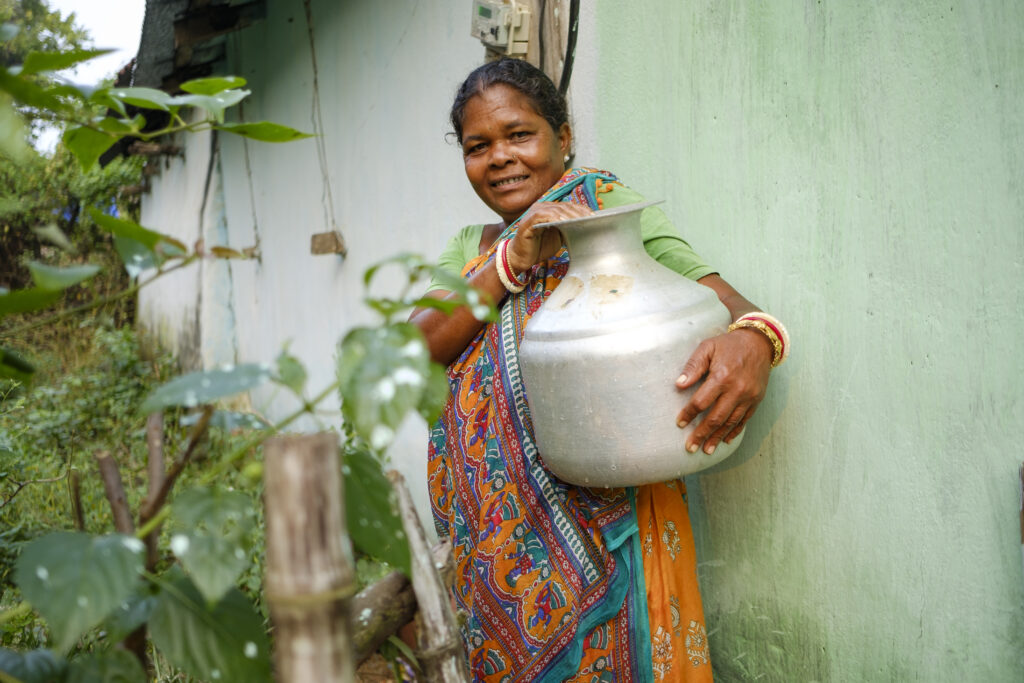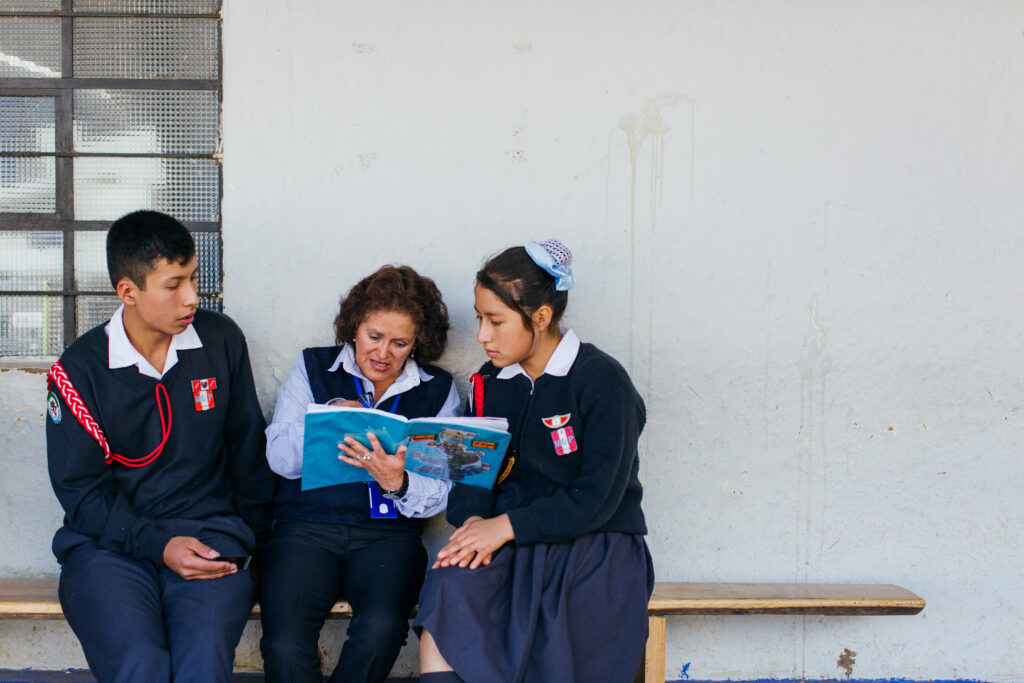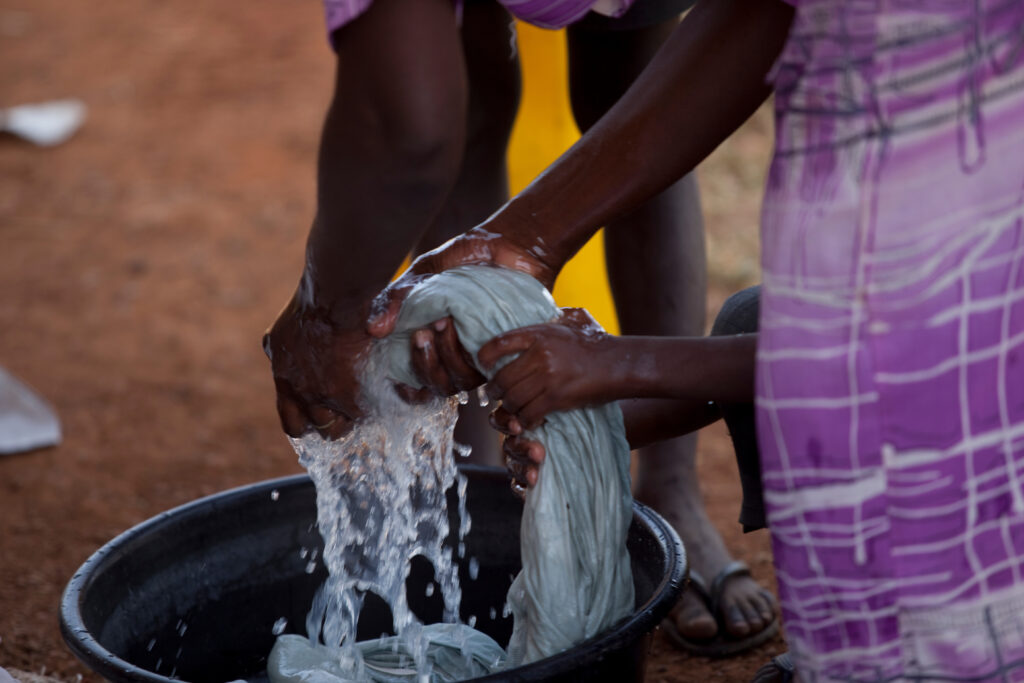By Alejandra Catter, Sector Communications Coordinator
Lea en español aquí
Could you imagine a day without water? We rely on water for our basic needs like bathing, using the toilet, and washing our hands, among many others, and with just a couple of days without access to water, the world would fall into mayhem. Despite this undeniable truth, not many people are interested in the systems that ensure access to this vital resource or the potentially terrible consequences if those systems fail. For many, these scenarios only happen in distant communities, and the saying "out of sight, out of mind" holds true. But the reality is, these situations occur, and some people remain completely unaware of them.
Access to water and sanitation is a basic human right, as it is fundamental to health, dignity, and prosperity[1]. Sadly, around one-third of the world’s population still lacks access to water, and half of the world also lacks access to sanitation services. These numbers demand a call for action. Spreading information is key to achieving this, and communicating effectively is the best way to inform and influence decision-makers to change the status quo and implement long-lasting solutions to ensure access to safe water and sanitation for everyone.
In this context, strategic and effective communications are a great tool for spreading the word and sharing knowledge with the many different stakeholders out there. In this blog, I’ll discuss my experiences and learnings regarding the critical role of effective communications in creating positive change in the water sector. Here are some challenges and takeaways that I think may help those who are starting to navigate in the not-so-calm waters of communications for the WASH sector:
1. The WASH sector can be perceived as "Nerdy"
For those who are new to learning about water systems, WASH stands for Water, Sanitation and Hygiene. Does it seem like a difficult term to remember? Try to spell out and define each of the following technical acronyms commonly found in WASH sector documentation: WRM, FSM, MSD, CR-WASH, LCC, PPP, SDG6, borehole banks…, and the list goes on.
While these terms may come as second nature for WASH experts, they can be difficult for others to grasp. I remember in my first days working within the WASH sector, I found myself surrounded by terminology that I had never heard before. I decided to take it as an opportunity not only for myself but for others to learn as well. If I, as a person very willing to learn, was having a hard time during my first couple of days, I can only imagine the challenge it could be for general audiences.
This challenge takes me to my first takeaway on communications for the WASH sector.
Communications: Whether it’s a government official interested in working on new water policies, a donor seeking to support a new cause, or a businessperson exploring new partnerships, technical jargon can be overwhelming to new audiences. It is always important to strive for conciseness and remember to explain every WASH term you use. Never assume prior knowledge. You may be addressing multiple types of audiences at the same time.
Here are two examples of the same piece of information, and I’d like you to think about which one is more appealing to most audiences.
"Water For People’s ‘Everyone Forever’ model aims to provide clean water, sanitation services and hygiene for every community, family, clinic, and school. We partner with communities, governments, and organizations to build sustainable solutions and ensure lasting impact."
"Water For People’s ‘Everyone Forever’ model employs an integrated and participatory approach to achieve universal and equitable access to sustainable rural and urban piped schemes, safely managed or improved sanitation, and institutional and community hygiene services. By employing community-based participatory methodologies and engaging in multi-stakeholder collaborations with governments, NGOs, and other partners, we strive to facilitate behavior change, strengthen institutional capacities, and enhance the sustainability of WASH interventions in underserved communities".
2. It’s not enough to understand the problem.
Water-related issues are complex. Describing the intricate relationship between water scarcity, pollution, and inadequate infrastructure, much less the reasons behind this, is no easy task. That’s why it’s crucial not only to grasp the problem -and perhaps the solution as well- but also to be able to explain it to many different audiences, ranging from WASH experts to regular people. To help you organize the information you want to share, I recommend framing your discourse around the five "Ws" – who, what, when, where, and why.[2] In my experience, the "why" is always the most important aspect
3. It’s all about people.
Behind every number or technical word, there are real people whose lives are deeply affected by water issues. If you’re a WASH expert, you might think this is all too obvious, but let’s face it, when we’re deep in our work—lost in a sea of computer screens, interpreting data, or engaging in a marathon of stakeholder meetings to discuss the many complexities of WASH systems—it’s possible to lose sight of the human aspect of things, and that can reflect into how we explain information, potentially leaving our audiences less engaged.
That’s why it is critical to keep people at the heart of our efforts. New research or an engineering innovation always involves the story of a family, children, women, or men that will have their lives changed for the better, and those are the experiences that make WASH Communications truly compelling.
In the same way, it is important to bear in mind the audiences you’re trying to communicate with and their personal experiences. By doing so, it will be easier to connect and convey our messages more effectively. Whether it’s a WASH expert or a policymaker seeking impactful solutions, our ability to adapt their interests and cultures into our narratives and discussions will ensure that our communications resonate on a personal level.
4. Don’t be afraid to be creative!
The more technical information is, the more a creative communication strategy will help. Presentations, workshops, social media publications, or even blogs like this can be great tools to do so, but we can even take it a step further. A presentation doesn’t always have to have the classic "Speaker reading from a slide vs. silent audience" format. You can explore alternatives like a global cafe format or a roundtable discussion to achieve better engagement from participants. Most of us have seen great TED Talks, but have you ever asked yourself why are they so compelling? It’s all about practicing the discourse, being creative and finding dynamic and compelling ways to share knowledge.
Advocating for water is not a linear process, and at times it can be overwhelming, but our ability to adapt and communicate effectively about the lessons learned along the way will be key to achieving effective outcomes.
For those of you new to the water sector, don’t panic! Lean on your tools, be creative and never forget "why" we do it.
[1] UN Water. (s.f.). https://www.unwater.org/water-facts/human-rights-water-and-sanitation. Obtenido de Human Rights to Water and Sanitation.
[2] https://blogs.lse.ac.uk/impactofsocialsciences/2015/04/08/using-the-5-ws-to-communicate-your-research/




